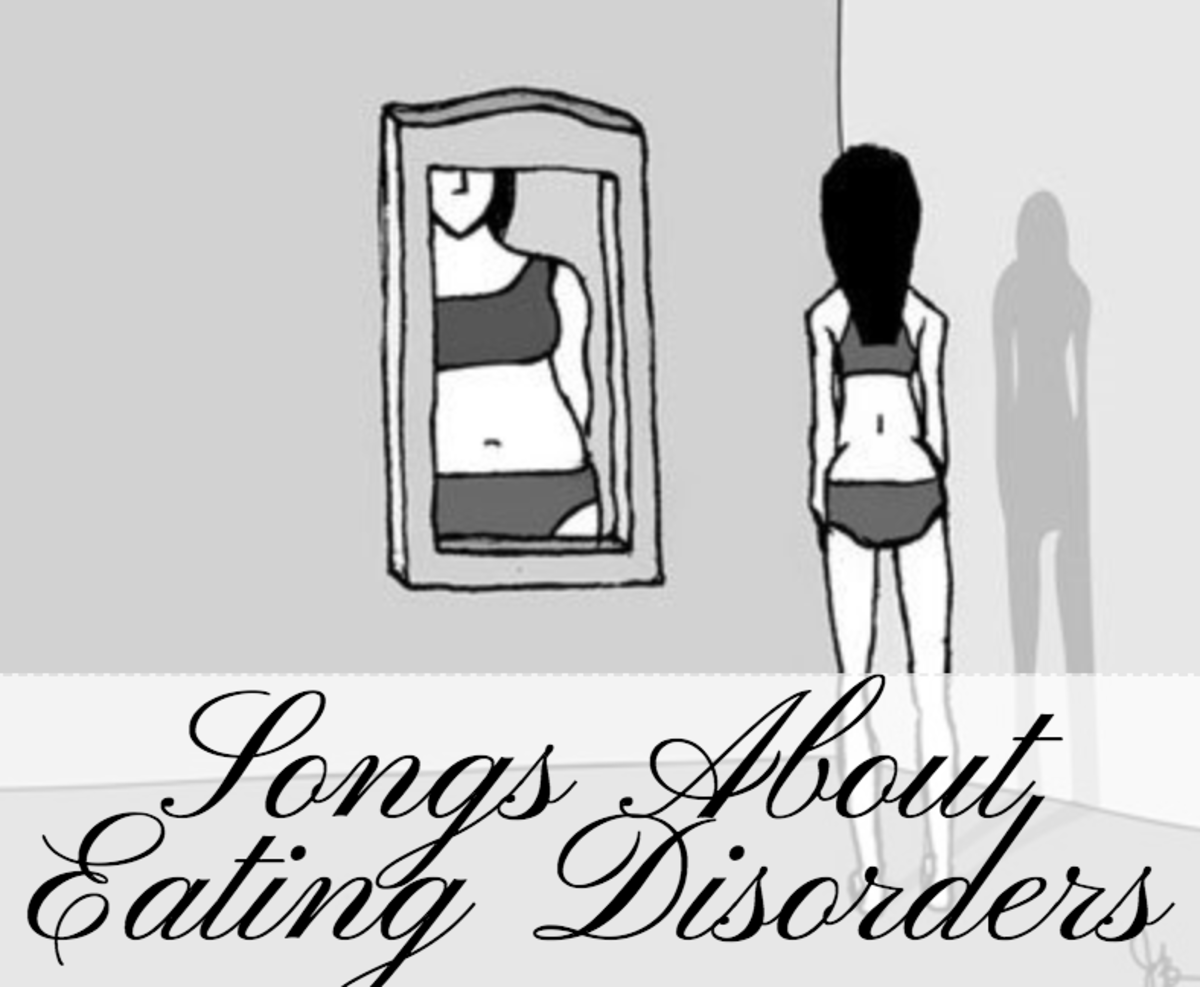- HubPages»
- Health»
- Mental Health»
- Eating Disorders & Mental Health
Treatments for Bulimia and Keys to Bulimia Recovery - Find New Coping Mechanisms

Successful treatments for bulimia involve much more than assisting an addict to regain healthy eating behaviors. Most people can’t understand why a seemingly normal person would ever needlessly overeat and then purge their food. For the bulimic, food has become their coping mechanism. Food is how they cope with stress, anger, and other feelings that most people deal with on a daily basis.
In 20 years of living with bulimia, I came to realize that most of the time my episodes were triggered by stress. Binging was my coping mechanism for stress and I mistakenly thought it would somehow make the feelings of stress go away and not return. It didn’t, and my treatments for bulimia finally helped me understand why not.
Why faulty coping mechanisms develop
Research has shown that a large proportion of individuals with eating disorders have a history of abuse, trauma, neglect and many other distressing factors. With bulimics, there is often a tendency towards perfectionism and looking good on the outside. The underlying foundation for bulimia can be life-changing events such as the end of a relationship, loss of a loved one, disapproval of their parents, or relocating to a new place.
Somewhere in the early development and maturity phase of life, most bulimics don’t develop healthy coping mechanisms for dealing with their feelings. Many initially turn to food for solace. Over time, however, the eating builds up guilt and then they purge their food to release the guilt. It’s a slippery slope and most bulimics who recover admit they never thought their behavior in the beginning would lead to so many years of harmful behavior.
In addition, binging on starchy, fatty, sugary foods activate certain reward centers in the brain, and release certain hormones that give the bulimic a temporary high. Often the planning, calculation, and subterfuge involved with hiding these behaviors distracts them from their problems. Sadly, all of this is only temporary and the problems remain after each episode. It’s a never-ending cycle. This is why developing effective coping mechanisms instead of a temporary means of escape are a vital part of treatments for bulimia.
How coping mechanisms help us survive
People who’ve never had an addiction develop healthy coping mechanisms naturally as a way of dealing with the normal challenges we all face in life. Coping mechanisms are whatever means we use to move through and deal with the feelings associated with the events of our life. For people with addictions, they must first realize they have unhealthy means of coping and then actively work to develop new coping mechanisms.
I believe coping with our feelings has two parts. One part is our initial reaction or response – what we do immediately following the experience. The second is our means of releasing and moving through the feelings and is our own personal expression.
In the first part of dealing with experiences – our response – there are many healthy, non-destructive ways of handling a situation. For someone with bulimia, their recovery process often involves learning to stay present with the feelings and avoid internalizing them in self-destructive ways by telling themselves they’re stupid, ugly or worthless. Eventually they’re driven to eat because they can’t find a proper means of responding to the negative self talk - they internalize it. I believe it is the lack of self-esteem, or self worth, that contributes to this lack of ability to respond effectively.
This leads to the second part – releasing and moving through the feelings. Because an addict has not developed an effective means of managing their mind chatter, they tend to internalize the situation and take on the negative feelings. The second part of releasing and moving through the feelings is where most normal people can get beyond the situation. They might have some negative self-talk, but they then find a means of coming to terms with the feeling, responding in a way that changes the nature of their feelings about the situation or any number of healthy ways of sitting with the feeling and moving it through them. For the addict, it becomes a part of them – bottled up inside and perhaps never dealt with. As a bulimic, I remember feeling binging was a way of filling a hole inside me left by some feeling I didn’t want to feel and when I purged it was my way of releasing that feeling. Or so I thought.
Developing healthy coping mechanisms
Whatever coping mechanism a bulimic has to the feeling associated with a situation will eventually determine the outcome of their life. Here are just a few alternative ways of responding to situations:
Hobbies: Many find that reading a special book, cooking, or gardening can be wonderful ways to switch attention from a stressful problem. Choose what nourishes and makes you feel good.
Healthy Activities: Going out for a walk, taking a hot shower, or even cuddling with a pet can be uplifting activities. Socializing with friends, reading meaningful cards or emails people have sent you are supportive ways of responding to situations.
Volunteering: Giving back to a worthy cause can be another positive way to develop your self-esteem – it can help you put your own problems into perspective when you see others less fortunate that you.
Whatever you do to respond, if you are ever to truly overcome bulimia, you must also learn to feel your feelings and find a means of self-expression. Here are just a few ways to feel and be self-expressed:
Sit: Be present with the situation and your feelings about it. I believe it was Deepak Chopra who teaches his students to ask “what’s so [about the situation], so what?” Sitting still with what’s happened can allow us to get present to what’s really there for us instead of overreacting and avoiding our feelings.
Breathe: Take 10 deep breaths. I’ve found that taking 10 really deep breaths gives my body time to cool off and my mind time to calm down from just about any situation.
Talk: Talking is great way to express yourself. If you can talk to the person who was involved in the situation in an authentic way, this is definitely best. If not, talk to supportive friend to help you express your feelings and move through them rather than leaving them bottled up inside.
Write: Sometimes we feel uncomfortable talking about our feelings. Sharing your thoughts and feelings through journaling can be an effective way of coming to terms with your true feelings. Writing things down allows you to get clear in the present and can be an effective means of self-expression.
Over the years of undergoing treatments for bulimia, I found I needed different coping mechanisms for different situations, so find what works best for you. They let me live a normal and happy life again.








